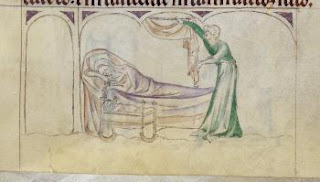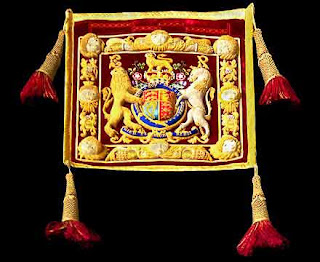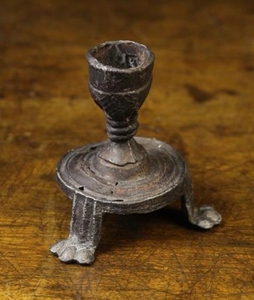One crisis point was averted when Pope Alexander III created a compromise that allowed Becket—in self-exile on the continent to avoid arrest for malfeasance—to return to England. Becket might have been more careful after that close call, but his awareness of the significance of his position as Archbishop of Canterbury guided his every move.
So when the king had his young son Henry crowned as his successor, the ceremony should have been performed by the Archbishop of Canterbury, as was tradition. The elder Henry chose the secondary, the Archbishop of York, Roger de Pont L'Évêque, along with the Bishops of London and Salisbury, to elevate his son. Becket was insulted by this, and in November 1170 he excommunicated the three clergy involved.
...and here is where supposition takes over. King Henry, exasperated by the news, uttered words in what we would now call a "hot mic" situation. Exactly what he said, we don't know. A monk, Edward Grim, who says he was standing next to Becket during what happened next, reports Henry's words as "What miserable drones and traitors have I nourished and brought up in my household, who let their lord be treated with such shameful contempt by a low-born cleric?" There are other accounts, including variations on the terse "Won't someone free me of this troublesome cleric?"
Four knights present took this as a command. Richard le Breton, Reginald FitzUrse, Hugh de Morville, and William de Tracy set out for Canterbury. On 29 December, they came to the cathedral, hiding their weapons and putting cloaks over their armor. Demanding that Becket come to the king in Winchester, his refusal made them retrieve their weapons and threaten him. They tried to drag him outside, but he held onto a pillar. With three sword blows to the head, Becket was finished.
This conclusion was only a prologue to more, and tomorrow I'll talk about what happened after.






























